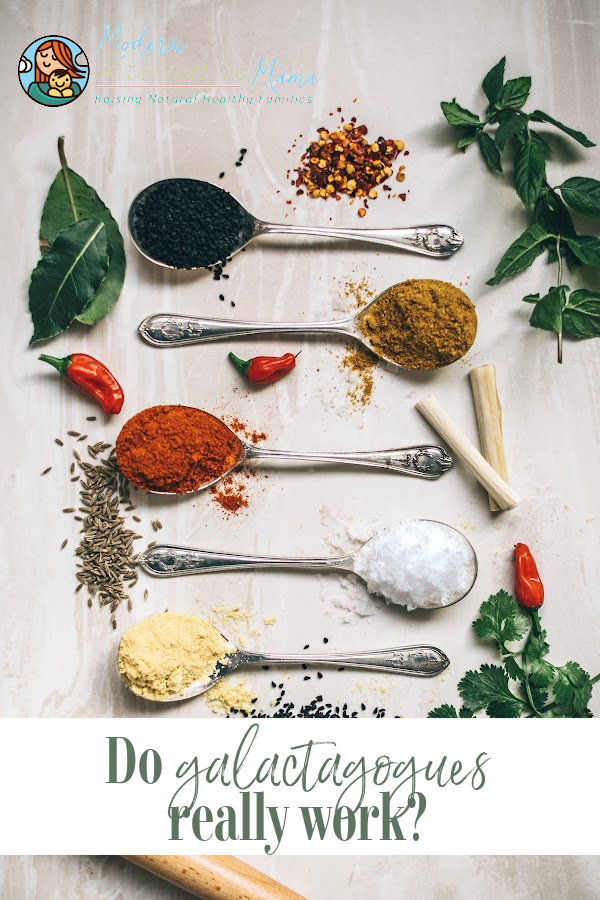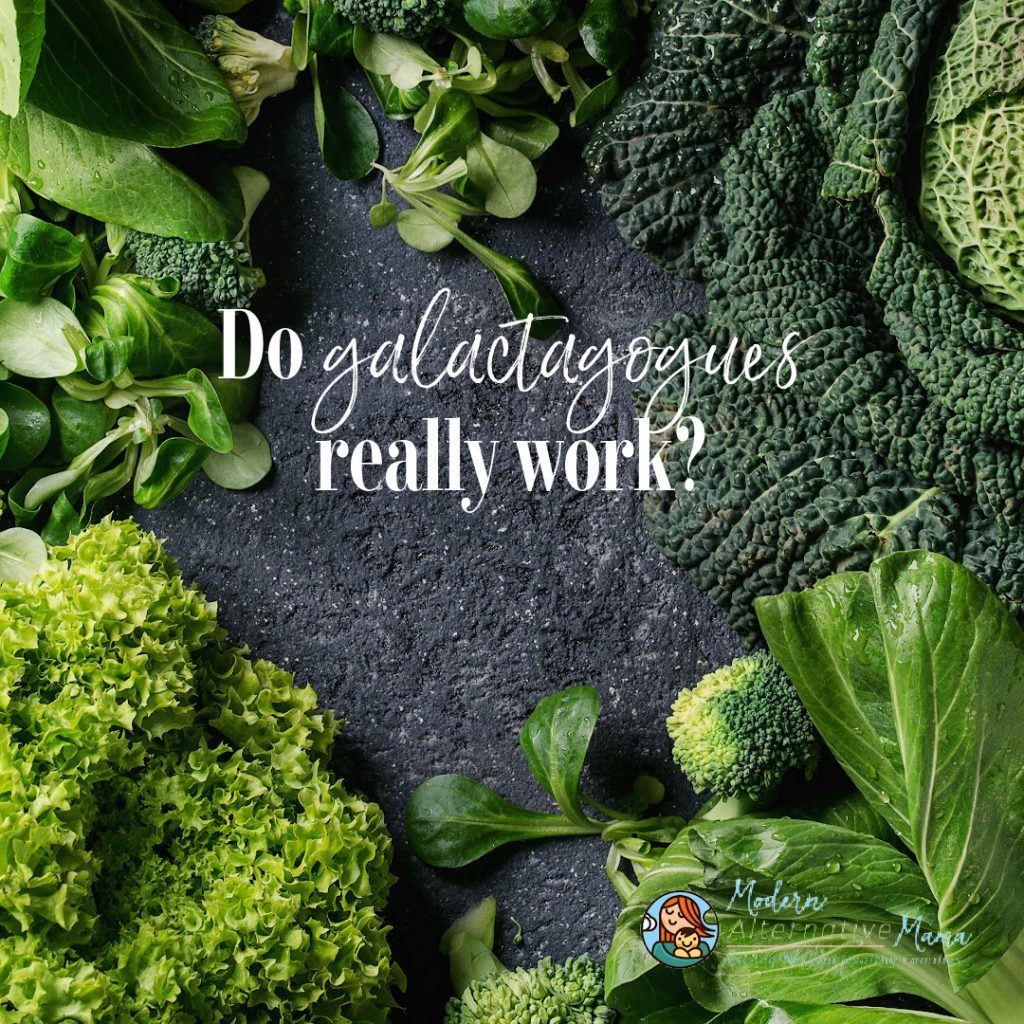By Steph Sinclair, Contributing Writer
Six years. I’m pretty sure I’ve been lactating for the past six years straight. There was a long break prior to that, so it’s really been the better part of the past ten years.
With my first born, we had an oversupply issue. Together, my baby and I donated more than 800 ounces of milk to our local milk bank for preemie babies. That was amazing! Oversupply issues, however, caused other challenges like clogs, blebs, and foremilk/hindmilk imbalance. So, with my second baby I didn’t use a pump at all. We established a solid milk supply that was just enough for him.
When our third baby arrived, I was a bit more concerned about milk supply. That’s when I started looking more into nutritional and galactagogues for milk supply. (I’ll share later what I ended up using).
We have our fourth baby now and it’s no secret that I’m getting older, so by now my milk makers are a bit…tired.
So, with my current nursling, we’ve really been concerned about milk supply. Mainly because this baby arrived in the midst of all these global supply chain disruptions. Then add in the baby formula shortage – you can bet that keeping up my milk supply is at the forefront of my mind.
Over the years, several of my friends have stated they wanted to breastfeed their babies longer but their supply dried up. Many factors play a role in building and maintaining milk supply, so in this post we’ll cover just one potential support – galactagogues!
Does food make a difference while breastfeeding?
As a new mama, I remember being told that what I ate didn’t really matter. Baby would get everything needed from my milk and my food intake wouldn’t significantly change the milk composition at all. Well, that’s not the whole story.
Mama’s nutrition is so important (for both mom and baby) that we put together an entire 80-source guide packed with information on the subject! You can download the Breastfeeding Nutrition guide for free here.
The short version– to establish a healthy milk supply (and keep up physical strength during postpartum) the breastfeeding mama’s diet should include:
- Fresh fruits and vegetables
- A variety of whole grains
- Proteins from varied sources
- High-quality fats
- …and, galactagogues
Have you heard this “galactagogues” term before, but still not quite sure what it means?
“Galacto” comes from the Greek word for milk. Galactagogues are the foods and herbs said to help boost milk supply (source). Many of these milk-boosting foods and herbs also provide your body with key nutrients. They are a win-win for both mom and baby.
Do Galactagogues Really Work?
Do galactagogues actually make a difference in milk supply or are they just old wives’ tales? The anecdotal and ancient cultural wisdom suggests that they certainly do work (source). But what about actual scientific evidence?
Well, the fact is there hasn’t been much research done on the subject.
A 2020 clinical trial (source) examined pharmacological galactagogues and herbal galactagogues. The study found low-certainty evidence in either direction that either group increased milk supply. They did see some evidence that herbal options benefitted infant weight and maternal milk volume, but again, the results were not definitive. Despite the lack of clinical evidence, many mothers agree they experience benefits from use of herbal supports (source).
Which Herbs and Foods are Considered Galactagogues?
Ok, so we know galactagogues are supposed to help boost milk supply, but which foods/herbs actually classify?
The American Pregnancy Association recommends (source) the following herbal galactagogues:
- Blessed thistle
- Alfalfa
- Goat’s rue
- Fenugreek (this one has become controversial, more on that later)
There are many other galactagogues than those four!
A 2015 review of research (albeit without finding many actual studies) identified and searched for information on the following herbal milk boosters:
- Milk thistle, Silybum marianum
- Fenugreek, Trigonella foenum-graecum
- Malunggay, Moringa oleifera
- Garlic, Allium sativum
- Shatavari, Asparagus racemosus
- Blessed thistle, Cnicus benedictus
- Goat’s rue, Galega officinalis
- Fennel, Foeniculum vulgare.
And we haven’t even talked about superfoods. Oats are considered a powerhouse galactagogue which is why lactation cookies are so popular (source). Personally, I veer toward organic oats. Conventionally grown oats are exposed to high amounts of the pesticide glyphosate (source).
Making your own lactation cookies is much more affordable than the fancy packaged options, plus you can use organic ingredients. I found a recipe that is so yummy and perfect for a milk-making boost! These cookies not only contain oats, but also brewer’s yeast—another galactagogue (source). Check out the lactation cookie recipe here.
 Do galactagogues really work?
Do galactagogues really work?
Other than a few store-bought lactation cookies here and there while nursing my first two children, I really didn’t consider using herbal galactagogues. I think I drank a tea blend once in awhile. When my third baby came along, I knew I needed extra support. As mentioned earlier, the milk-makers were just tired by that point.
So, I bought a fenugreek-free herbal tincture containing five milk-boosting herbs.
Before we discuss the five herbs, let me go back to the fenugreek controversy.
First off, fenugreek has long been touted as an excellent galactagogue and it’s still the most popular herb purchased for milk-boosting (source, source, source). More and more lactation professionals, however, no longer recommend its use.
Fenugreek is a member of the legume family, so people with peanut or chickpea sensitivities may want to avoid this herb. Also, research shows that fenugreek has hypoglycemic and hypothyroidal actions. It could negatively affect women who have thyroid disease or diabetes. And, some women actually experience a dip in milk supply with fenugreek use, which could be due to its estrogenic properties (source).
As with any herb or food, not every beneficial herb will necessarily be good for your individual body. You have to consider food sensitivities and other factors.
Since there are so many other options, I decided to skip fenugreek.
5 Galactagogue Herbs to Support a Healthy Milk Supply
In my experience, the first 6-8 weeks of breastfeeding are the toughest. On top of postpartum recovery, you have a tiny baby with a tiny tummy—that means you need lots of feeding sessions around the clock. Honestly, it’s exhausting.
That also seems to be the period when clogging issues are most likely to occur (but, this salve is amazing for helping clear clogs). If mama can power through those first couple of months, then you’re well on the way to establishing a strong breastmilk supply.
The herbal tincture I’ve used with both my third and fourth nurslings is called Mama’s Magic Milk Boost. Prior to trying this blend, I wanted to know why these herbs were selected, so I read up on the benefits. Here’s the rundown on the five herbs: fennel, blessed thistle, alfalfa, marshmallow root, and red raspberry leaf.
- Fennel Seed is an excellent herb for digestive upset and to promote breast milk supply. This study showed increased breast milk sufficiency in mothers who used fennel tea. Passed through milk, fennel can decrease colic in infants. Some evidence has also shown increased milk volume and fat content in a test period studying mother’s consuming fennel (source).
- Blessed Thistle is also a popular herbal galactagogue (source). It’s thought to boost production levels by affecting prolactin levels (the hormone which increases milk supply).
- Alfalfa contains high vitamin and mineral content, so it’s especially beneficial for mamas trying to keep up their nutrient stores (source). Did you know that alfalfa is commonly fed to dairy cows to keep up their milk production (source)? This cracks me up, because I do make jokes in the first few weeks that I feel I’m about to “moo.”
- Marshmallow Root is a versatile herb beneficial to fight inflammation, respiratory distress, and to use topically for skin irritation. When used with other galactagogues, it’s thought to assist in the milk boosting process. Marshmallow Root is also highly beneficial to soothe the digestive tract, which is helpful to both mom and baby (source).
- Red Raspberry Leaf has long been hailed as a super herb for women for menstruation, fertility, pregnancy, and postpartum support (source). Red Raspberry Leaf is packed with antioxidants, anti-inflammatory properties, and has the ability to promote hormone balance in mom (source).
I also really love this Pregnancy Tea which contains red raspberry leaf. I made big batches then drank it iced during the first few months postpartum. It’s delicious and full of nutrients.
There’s so much more to consider on galactagogues and maternal nutrition. Don’t forget to download this free guide for tons of detailed info on breastfeeding nutrition. Solid nutrition really can help support you and baby for a happy, healthy breastfeeding journey.






